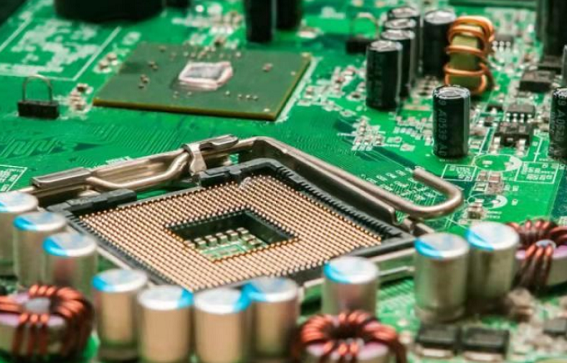Nowadays, the circuit boards are becoming more and more high-density and interconnected, and there is no more space to place the wires and pads connecting the through holes. Therefore, in this context, the production process of via in pad came into being.
The vias on the pads are called vias in the disk, which are allowed in many cases. The specific need depends on your product. Generally speaking, the diameter of the hole in the plate should not be greater than 0.5mm, otherwise the solder paste will flow into the hole during patching, or the flux will flow into the hole and generate gas during the heating process, resulting in insufficient connection strength between the device and the pad, resulting in the phenomenon of virtual soldering.
Vias close to the pads or dense routing vias (less than 0.4mm in size, generally 0.3/0.25mm are more common) need to be plugged to prevent short circuits. Therefore, the hole in the disk of the BGA device needs to use the resin plug hole and the electroplating filling process to prevent the phenomenon of tin leakage during the patch.
The production process of Via in pad makes the circuit board production process three-dimensional, effectively saves the horizontal space, and adapts to the development trend of modern circuit boards with high density and interconnection.
The resin plug hole process refers to the use of resin to plug the buried holes of the inner layer, and then press-fit, which is widely used in high-frequency boards and HDI boards. It is divided into traditional silk-screen resin plug holes and vacuum resin plug holes. The general product manufacturing process is the traditional silk-screen resin plug hole, which is also the most common process method in the industry.

Pre-process--drilling resin hole--electroplating--resin plug hole--ceramic grinding plate--drilling through hole--electroplating--post-process
Electroplating is carried out according to the customer's copper thickness requirements. After electroplating, slicing is performed to confirm the concave degree of the resin plug hole.
Regarding the resin plugging process, it is actually very difficult to do well. Only by choosing the right manufacturer can you be responsible for your own board. If you want to do resin plugging process, or other special processes, you can come to VictoryPCB, quality and timeliness are guaranteed.
By continuing to use the site you agree to our privacy policy Terms and Conditions.
Recruit global agents and distributors Join us